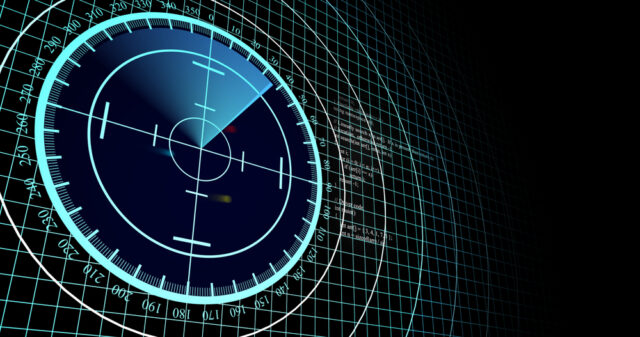
Radars in the video surveillance system. Three use cases
Radars in the video surveillance system. Three use cases
Combinations of technologies have been gaining popularity in recent years, thereby strengthening each element’s benefits. Today we’ll talk about radars integrated into video surveillance and security systems. Read to the end; the article contains a lot of helpful information.
Purpose of use
The security radar, used in symbiosis with various types of video cameras, IR motion sensors, and speakers, is used to optimize the detection/recognition process in different conditions.
At the same time, integrated systems easily distinguish objects, defining them as “human body” or “vehicles,” and obtain accurate information about the location and speed of the thing. Due to the combined technologies, minimization of false calls is achieved.
Integrated solutions
Compatible and integrated security solutions aim to trigger specific actions when an abnormal situation (incident) is detected.
Radar + video
The most productive symbiosis will be a combination of radar devices and four types of video cameras, namely:
- ordinary cameras (network). Since radars are not equipped with motion detectors, they cannot provide visual confirmation of a detected incident. Accordingly, for effective determination of the cause of the alarm, including identification of the object, integration with a video camera is required.
- PTZ (panoramic) video cameras. The principle of operation of the complex: the radar detects an object, then activates a PTZ camera to determine, track, and present an image. Auto tracking is possible due to the sensor built into the radar to recognize the geographic point of the object’s location;
- camcorders with a network speaker. If the radar detects acts of violation, you can use the capabilities of audio messages. Read the article “Video surveillance with sound. The quality factor“.
Radar + audio
Where visual identification is prohibited or not a priority, it is advisable to use a combination of radar + audio systems.
Benefit: An audio notification directed to an attacker (detected by the radar) can stop one and prevent an offense.
Radar + thermal imager
Thermal imagers combined with radar devices make it possible to monitor narrow, extended areas due to thermal imagers and a wide detection area due to radars.
This integration solution reduces the need for lighting and the frequency of false alarms.
The list of information about the object, obtained in the symbiosis of a radar and a thermal imager:
- detection / recognition;
- the coordinates of the geographic point and the position of the object;
- speed of movement and its angle;
- distance.
The value and disadvantages of symbiosis
The value of integrated solutions is as follows:
- It gives reliable results when working in poor visibility. The radar does not respond to visual noise and does not need lighting. It can work flawlessly, even in complete darkness. It does not react to small objects (insects, leaves, raindrops, snowflakes) near the detector.
- Minimum false alarms and avoidance of real threats. It is achieved due to the visualization effect and motion detection of only physical objects.
- Built-in analytics. If radar is used in video surveillance, then there is no need for additional analytical functions. The reason is that the options for object detection, tracking, and classification are already built in the “stuffing” of the radar.
- High level of confidentiality. If we talk about places where permission is needed from the authorities or all persons who came into the video camera field, then installing a radar + network speaker would be the best solution.
Significant disadvantages:
- It is not recommended to use these solutions in areas where there is a high-speed flow of objects.
- The algorithms include the values of the maximum speed of movement. If the indicator is higher, then the video radar fails (it does not perceive the object or its angle of motion).
- Two moving objects next to each other can be regarded as one.
- Basically, radar devices identify objects at a distance of at least 3 m from each other. Accordingly, two closely moving people/vehicles can be recognized as one.
- Swaying trees, overgrown vegetation, or too many reflective radar signals can reduce the quality of detection.
Conclusion
Since the radar uses electromagnetic waves to detect movement, it does not respond to many factors that cause false alarms when using video cameras. Integration solutions improve the efficiency of security teams and enable them to focus on real threats.














